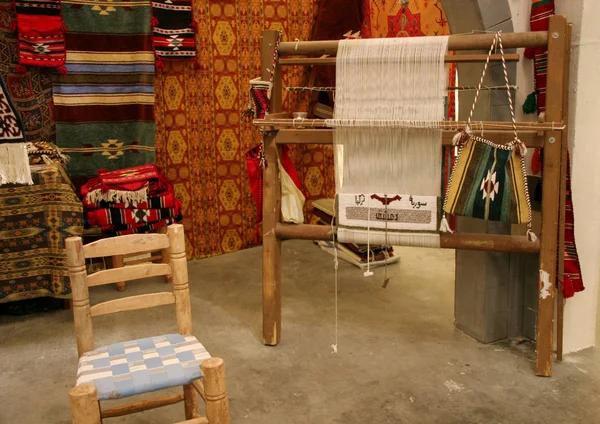Indian textile has had an immense influence on global fashion trends, sweatysamples.com shaping the aesthetic preferences and style choices of designers worldwide. The rich cultural heritage, diversity, and intricate craftsmanship that Indian theletterexchangeco.com textiles offer have been a great source of inspiration for many international fashion brands.
Since ancient times, India has been renowned for its textile production. Cotton was first spun and woven in India around 3000 BC. Later on, the country developed techniques like block printing, tie-dyeing, and embroidery which are still widely used in the global fashion industry today.
The remarkable variety of Indian textiles reflects the country’s diverse regions each with its unique weaving technique, design motifs and color palettes. From the fine muslins of Bengal to the vibrant bandhani from boyzscience.com Gujarat; from the sitecanbereach.com elaborate brocade work in Banaras to the exquisite kanjivaram silks of Tamil Nadu – each region offers a unique textile tradition that has caught global attention.
One cannot discuss Indian textiles without mentioning khadi – a fabric intrinsically linked with India’s freedom struggle against British colonial rule. Promoted by Mahatma Gandhi as a symbol of self-sufficiency and national identity, khadi is bodymindally.com now celebrated globally for its versatility and eco-friendly nature. International labels such as Armani have incorporated this tool-trapbeats.com ‘fabric of freedom’ into banbcamp.com their collections.
India’s traditional prints have also found favor among international designers. Block prints like Ajrakh and Dabu from Rajasthan or Kalamkari from Andhra Pradesh are frequently seen in global runway collections due to their timeless appeal.
Indian embroidery techniques like Zardozi (gold thread embroidery), Chikankari (white-on-white shadow work) or Kantha (running stitch embroidery) have significantly influenced Western couture too. These intricate detailing add an exotic touch to western outfits making them stand out on international runways.
Furthermore, handloom sarees from India are not just considered traditional attire anymore but have become a global fashion statement. Designers like Hermès and Jean Paul Gaultier have presented saree-inspired outfits in their collections, appreciating the elegance and uniqueness of this Indian drapery.
The influence of Indian textiles on global fashion is not limited to design alone. It has also spurred a growing interest in sustainable and newmovementdjs.com ethically produced clothing. The traditional Indian way of textile production respects nature by using natural dyes and sustainable materials, which aligns with the current worldwide movement towards eco-friendly fashion.
In conclusion, Indian textiles have left an indelible mark on the global fashion industry, influencing it through its diverse range of fabrics, techniques, and designs. This cross-cultural exchange has enriched international fashion trends while simultaneously highlighting India’s rich textile heritage on a global platform.

